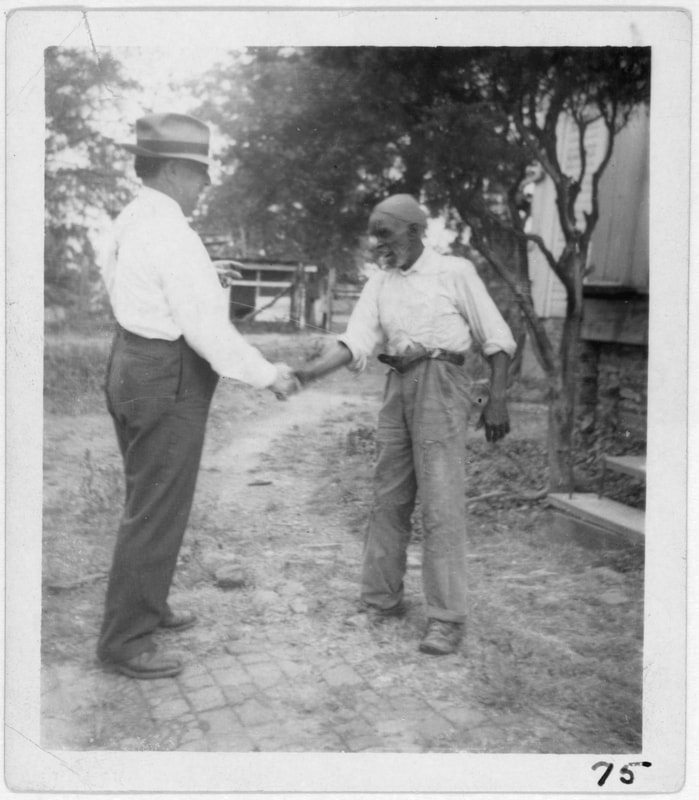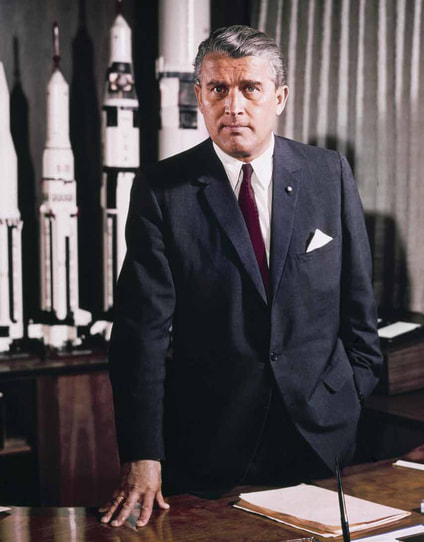A fire starts around midnight in the dormitory at a tiny private college. A twenty-three-year-old employee who lives on the first floor of the building is awakened and, disregarding warnings to vacate the building, heroically risks his life to alert the sleeping students in the upper floors. As a consequence, most of those students survive by jumping out the windows of their rooms, but the employee is so badly burned that he dies the following day. The college’s cause-and-origin investigation determines that the fire originated in a first-floor closet of the building, where combustibles consisting of cloths saturated with paint and linseed oil from a recent painting project were stored. The source of ignition, however, is unclear but officially reported to be spontaneous combustion, not arson. By any standard, the incident is a tragedy. Serious injury and death of young people. Parents worried and grieving. National media coverage. The future of the college at risk.
|
In the first decades of the twentieth century, creating a photographic portrait required substantial artistic and technical skill and a wide array of specialized equipment. At the same time, the act of posing for a portrait was an event in and of itself—it was an opportunity for people to make meaningful visual statements about themselves, their families, and their communities. When those living in rural Fayette County, Alabama, and the surrounding area wanted to have their photographs taken, they did not need to travel to a photo studio in town. Instead, they could simply visit the Shackelford family. Mitch and Geneva Shackelford, along with their adult children, were multi-talented African American artists who were well known throughout Fayette County as prominent members of the small community of Covin. Like so many in the region, the family made its living primarily as farmers. However, the Shackelfords also worked as commercial photographers. Between 1900 and 1935, various members of the family produced more than 850 glass negatives now housed at the Birmingham Public Library Archives.
One of the most violent days of the civil rights movement took place in Tuscaloosa on Tuesday, June 9, 1964. Only a few people know the story. That day, upwards of seventy law enforcement officers, backed by hundreds of Klansmen and deputized white citizens, attacked more than 500 Black citizens gathered inside First African Baptist Church. For over three months, the Black citizens had defied police, local ordinances, and the Klan to protest discrimination. They picketed stores that refused to serve them, boycotted merchants that overcharged them, and paraded in front of a city hall that ignored their calls for equality. This was to be their largest demonstration yet, to march downtown to drink from white fountains and use restrooms reserved for whites in the new county courthouse. Yet as they prayed inside the church before the march, police smashed the stained-glass windows with water from a fire hose and filled the church with tear gas. When the protestors stumbled outside, police beat and arrested as many as they could. They donned gas masks and swept the inside of the church, routing out the elderly and the very young hiding in closets and back rooms. Nearly one hundred people went to jail, thirty-three were hospitalized, and many more received care at a local barbershop. Locals dubbed it “Bloody Tuesday.” The number injured and arrested would eclipse the violence experienced by marchers on the Edmund Pettus Bridge in Selma on March 7, 1965. It would become the largest assault and invasion of a Black church by law enforcement during the civil rights movement.
Less than two weeks after Byron Arnold joined the music faculty of the University of Alabama, he was taken to a Sunday "foot-washing" at an African American church in Northport. The chant-like singing and the religious fervor of the singers as they moved to the rhythm and flow of the music deeply stirred the Eastman School of Music graduate. During that fall of 1938, he was impressed with some old folk tune hummed by a friend as she prepared dinner, and he encountered a student in his elementary school music class who said chat her
grandmother knew "Barbara Allen" and that the African Americans on her father's plantation sang spirituals, but not like the version in the class text. Such experiences convinced Arnold that Alabama was a state full of folksong, whose riches had not been explored systematically. Anyone who has visited Huntsville knows how important Wernher von Braun and his German rocket team are to the town’s residents. Even a casual observer will notice that von Braun’s iconic name and image are featured on or in multiple public institutions, such as the airport, the civic center, multiple buildings at the University of Alabama in Huntsville and on Redstone Arsenal, and least surprisingly, the United States Space & Rocket Center.
|
From the VaultRead complete classic articles and departments featured in Alabama Heritage magazine in the past 35 years of publishing. You'll find in-depth features along with quirky and fun departments that cover the people, places, and events that make our state great! Archives
June 2024
Categories
All
|





 RSS Feed
RSS Feed